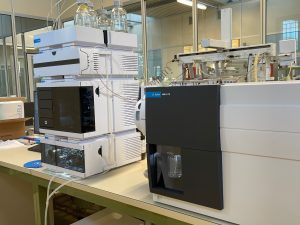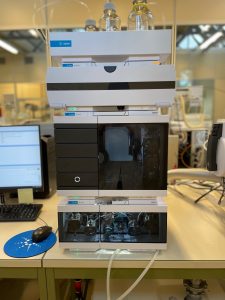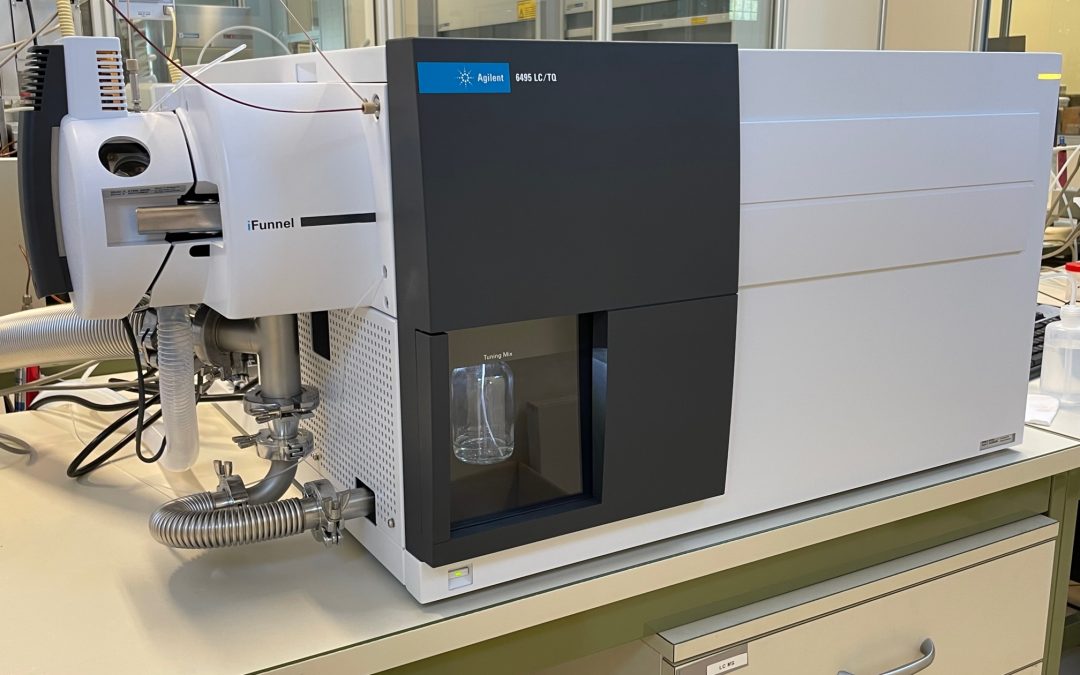 The attention paid to the quality of the food that arrives on our tables is increasing every day and the request for the control of contaminated and pesticide residues in food is a crucial part.
The attention paid to the quality of the food that arrives on our tables is increasing every day and the request for the control of contaminated and pesticide residues in food is a crucial part.
Given the ever-increasing number of compounds to be researched and their low concentrations with which they can be present in food, it becomes increasingly necessary for instrumentation that allows at the same time the precise and certain identification of a compound, and its quantification even in residual quantities. . A further difficulty is given by the fact that such contaminants must be sought within complex and varied matrices such as foods.
For this purpose, liquid chromatography (LC) allows for the separation of the components of even a complex matrix but coupled to a mass spectrometer (LC / MS) guarantees to identify this compound in a certain and reliable way. The LC / MS / MS equipped with triple quadripole can offer a further advantage because it can increase the sensitivity of the analysis and therefore be able to determine lower and lower quantities of contaminants by bringing the detection and quantification limits to the level of some parts per trillion (ppt).
Our instrumentation consists of the following modules:

La nostra strumentazione è composta dai seguenti moduli:
The autosampler is optimized for maximum chromatographic performance. The robotic arm moves the sample vials from the loading position to the central work area where the robotic needle takes care of taking the sample quantities to be injected, minimizing the possibility of error, variability and downtime between injection and the next one. The needle’s multiple washing capacity minimises the contamination risk between one sample and another.
The high-speed pump uses high-pressure mixing up to 5mL / min at 1300 bar and allows the use of increasingly fine and performing chromatographic columns.
Multi-column thermostat (MCT) provides precise temperature control for consistently reproducible analyses over a wide temperature range.
The detector consists of the MS / MS analyzer, which allows the system to ensure accuracy and reliability in identifying and quantifying the compounds sought. The triple quadrupole system allows you to isolate only the compounds of interest and discard all that is not of interest, maximizing the signal/noise ratio.
